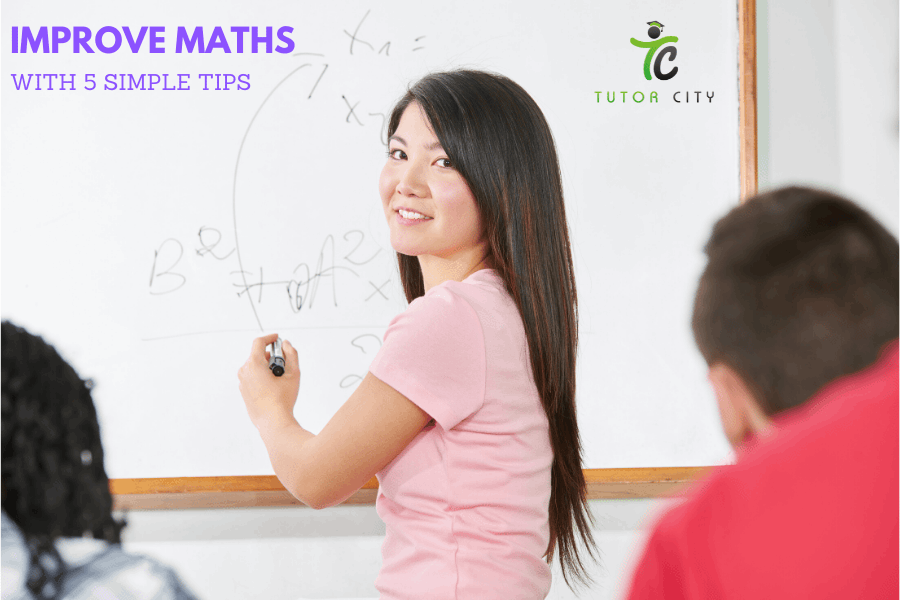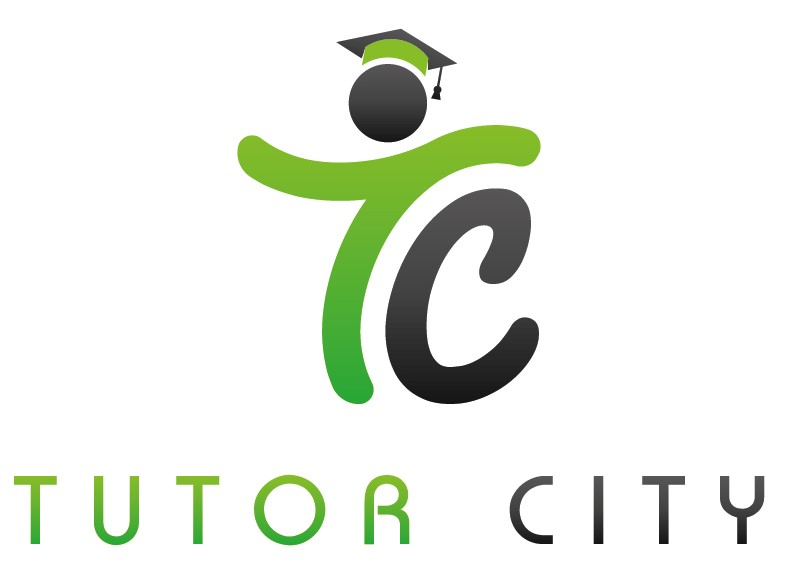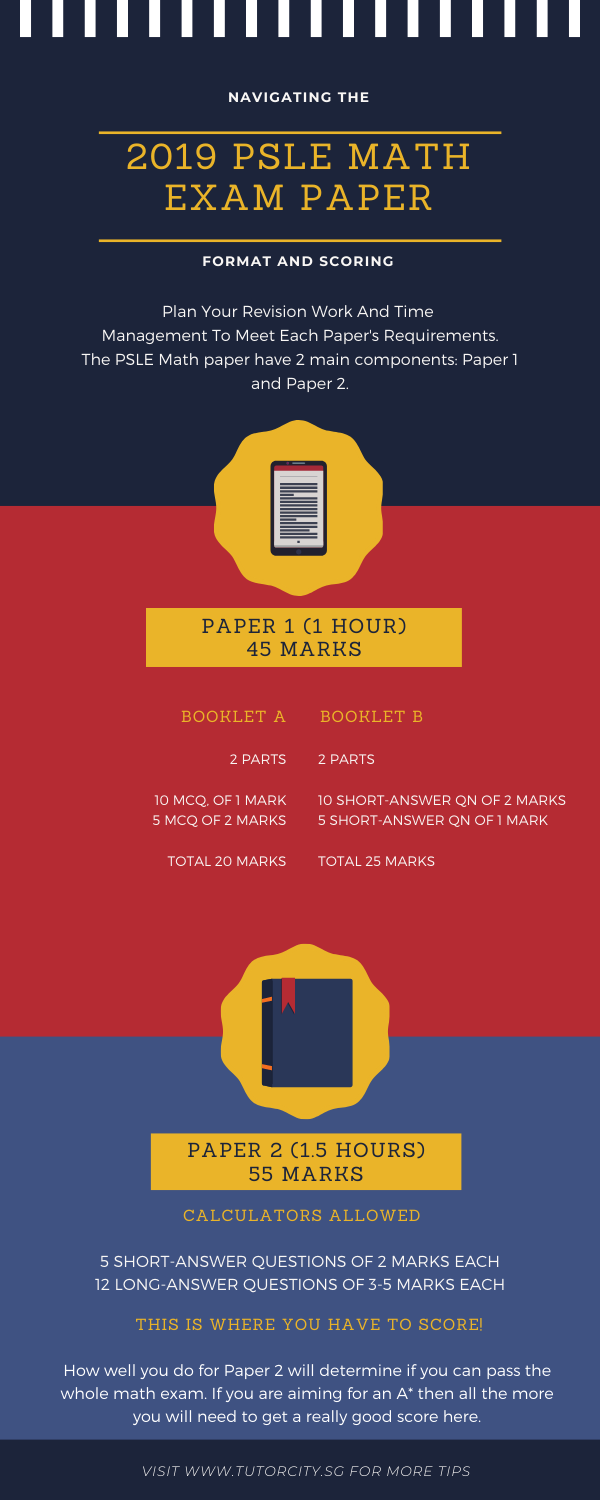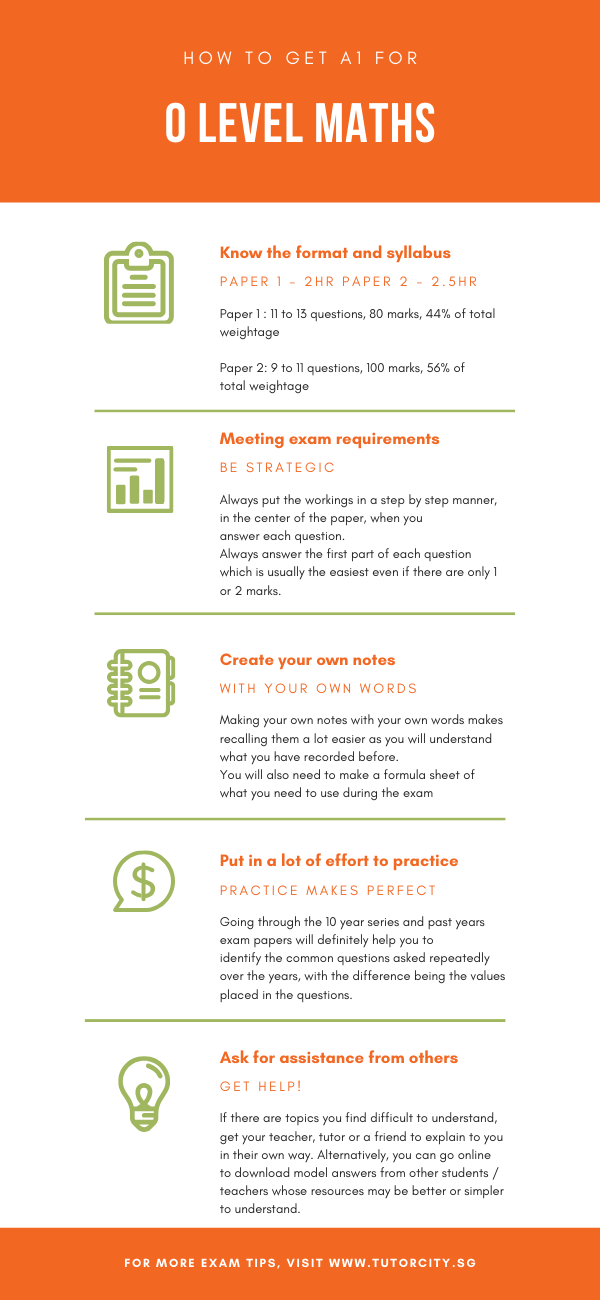
- Published by: Tutor City
- May 07, 2020
- Education
Improve Your Maths With These 5 Easy Steps (PSLE, O-level)
Why do kids fear maths?
The usual answer given is that it is very hard to understand and it makes them feel stupid. Parents all say that they want their children to learn. Yet when it comes to maths they seem to have a problem with it, and parents are not able to help.
How can you improve Maths skills?
1. Start As Early As Possible
Introducing maths should begin when the child is young. The later it is taught, the more difficult the teaching will be and the quicker they will grow out of the subject. It is not only the preschool teacher who should encourage this but parents, and other family members, should also take part in teaching the child mathematics. In the longer term the child should develop a love of mathematics as it will help them to have more self confidence in the subject.
You can start with using math games such as puzzles and quizzes that many apps and online games are available to help you teach your child. These games will be very easy for the child to play and to understand and will help them to reach an elementary level of maths very quickly. When you encourage mathematics at this early stage of life, it can teach the child many important skills and give them a good grounding in maths before any serious learning takes place.
2. Step-by-Step Process
Teach them how to use numbers and learn how to make graphs and charts to show them the process of learning math. Teach them the various steps of the process, and let them watch you do the math yourself. Allow them to see the process of learning it, so they will have a better understanding of how the process works.
Also, don't be afraid to use your own ideas when teaching math. This will encourage them to do better, and it is really helpful to know what it is you are doing so you can show them!
3. Practice Makes Perfect
Regular practice always work!
One of the more important things you can do for your child is to keep encouraging them to practice on a daily basis, using worksheets, assessment books or other schools exam-papers. Keep working at math, and you will see improvement over time.
Start out slowly, and work with them until they get used to what you are doing. By starting with small problems, you can progress very quickly. This can be done, with your child, by having them practice problems from home or by having them solve some problems that are related to their schoolwork.
4 Engage Private Tutors
You can learn more by talking to other teachers, so if you want to send your child to private math classes in tuition centres, go for it! Or you can hire a private math tutor to take up the task of helping you teach math to your child. It is a lot easier to let someone else to do the job because as a parent, you will lose your temper easily from your higher expectations. Hiring a 3rd party is a better way to help your child with their math skills.
5. Use Maths to solve real-life problems
You need to show the relevance and importance of maths in real-life situations, how maths can connect to the world around us and the concepts that can apply to solve practical problems.
It could be that it helps you with your work at work, or at school or even just your home life. What you need to realize is that your understanding of numbers and graphs and formulas can actually help you in all areas of your life.
For example, maths is used in the design and configuration process in Info-Technology, mechanical engineering and mobile apps. Do you want to be the next inventor of cars, or the next software creator for computers, or the next person who discovers how to make the next iPhone?
So, how to apply math to real life starts with being informed consumers and getting educated on the subject. As you learn more about math, you'll discover that there are so many ways that you can apply it in your daily life. The ability to use numbers and graphs and formulas in your everyday life is invaluable. It is a skill that you can use for both your professional and personal life.
How to improve my child’s Math PSLE?
In 2019, there was a backlash over the difficulty level faced by Primary 6 students: Parents upset as PSLE maths paper leaves pupils in tears
With such tough questions awaiting this year's students, there is only 6 months left to the 2020 PSLE exam. This year is very unique because of the Covid-19 pandemic, schools were closed in the 2nd Quarter and students have to change to Home-Based Learning in order to continue with their preparation for PSLE.
With such a chaotic situation disrupting the normal mode of learning, how will parents and students get ready to sit for the PSLE Maths exam? We have just the perfect guide that you can use, read our best tips for PSLE Math revision.
1. Understand your child’s weak areas
Parents should start from the basics and find out which areas they are particularly weak in. For example, if you know your child struggles in addition, then try dividing their task down into smaller sections. The more hours they can spend doing one section of their work, the better. Once you know how to find out my child's weak areas in maths, you can then start working on each of these areas, one at a time.
This will help you focus on your child's weaknesses, and at the same time improve on their strengths. You can also introduce your child to various methods that will help them find their weak points. There are quite a few free online games and math worksheets that you can use as an introduction to areas that might have them struggling. If you start early, then you can provide your child with plenty of ways to solve problems that they might struggle with.
2. Focus on key topics
There are some topics that your child cannot avoid and has to master them to do well in PSLE Math. Topics such as fractions, percentage and ratios are commonly sprinkled throughout the papers and you need to know the proper conversion methods from fractions to ratios, percentages to fractions etc.
For Algebra, your child has to know how to calculate areas and perimeters of the different shapes (circles, squares, triangles), finding the unknown angle and concept of overlapping. It is also good to know the PSLE format and scoring so you can allocate the time required for each paper. (See infographic)
3. Problem Sums – Methods to Solve
The Math Model method holds the key to solving problem sums for Maths PSLE. It is sometimes compulsory in certain questions to use this method to get a solution and if your child fails to show this, their marks will be deducted. Many parents use Algebra to solve problem sums and have difficulties in using this method to teach their kids so they cannot help any further.
The model method involves the use of building blocks to solve questions by splitting into several parts that are connected to one another by various relationships. To understand more, you can learn from Koobits: Techniques For Learning The Singapore Math Model Method.
4. Time Management
This is crucial as you only have 1 hour for Paper 1 and 1 hour 30 minutes for Paper 2. There is simply no time to be wasted!
Parents need to drill into their kids that you cannot get stuck and get overly engrossed into solving a question, ignoring the rest which may be easier to complete. During practice sessions at home, time your children when they do other schools exam papers and watch them closely. Doing so will improve your children’s time management skills.
5. Get Intensive Lessons
If you need help to have crash course to quickly go through your child’s weak topics, enrol into a tuition centre or engage a PSLE tutor. Tutor City’s specialist maths tutors can teach you how to break down complex problem sums into simpler, solvable steps.
How to get A1 for O-level Maths?
1. Know the format and syllabus
You have to know the format and weightage so that you can plan how much time to spend on each question and paper.
Paper 1 (2 hours) : Consist of 11 to 13 questions, 80 marks, 44% of total weightage
Paper 2 (2 & half hours): Consist of 9 to 11 questions, 100 marks, 56% of total weightage
Some of the key topics tested for O-level E-Math are Algebra (Numbers, Ratio, Percentage, Rate and Speed, etc). Geometry (Angles, Congruence, Pythagoras’ theorem, etc) and Statistics (Data Analysis, Probability)
2. Meeting exam requirements
Always put the workings in a step by step manner, in the center of the paper, when you answer each question. Don’t assume that the marker will find your scribbles at the side of the paper and take it that you got the answer correctly. The workings have to be progressive and don’t miss out any steps.
Paying attention to the nitty-gritty will mean the difference between an A1 and A2, or A2 and B3. Many students lost marks because they misread the fine details of a question, or skip a working in the answer. For example, if the final answer allows a rounding up or down to nearest hundred or thousand, make sure you follow it! It is not always the default 3 significant figures.
Be strategic – always answer the first part of each question which is usually the easiest even if there are only 1 or 2 marks. Don’t get stuck on the later parts and move on to the next question, then do the same thing to get the 1 or 2 marks rather than waste them on questions you won’t be able to solve.
3. Create your own notes and summaries
Making your own notes with your own words makes recalling them a lot easier as you will understand what you have recorded before. Your teacher’s or tutor’s materials and resources would have accumulated to a large pile of papers by now, you will definitely not be able to remember where to find a particular formula or answer.
You will need to make a formula sheet of what you need to use during the exam, because the exam’s sheet don’t have the full list and you will need to ensure you have the correct formulas on hand.
4. Put in a lot of effort to practice
You will need to put in the time and effort to practice, no shortcut to this.
Practice makes perfect, so they say, and it holds true for mastering mathematics.
Going through the 10 year series and past years exam papers will definitely help you to identify the common questions asked repeatedly over the years, with the difference being the values placed in the questions. By perfecting the steps, workings, formulas used, you will be able to answer the O level exam questions confidently as you will have done the same many times over during your practice sessions.
5. Ask for assistance from others
If there are topics you find difficult to understand despite constant practice and tries, get your teacher, tutor or a friend to explain to you in their own way. Alternatively, you can go online to download model answers from other students / teachers whose resources may be better or simpler to understand.








